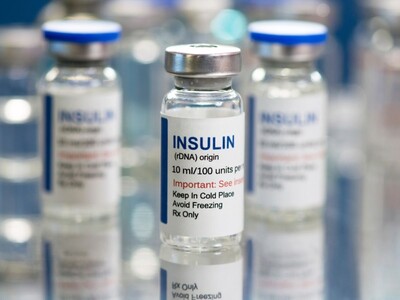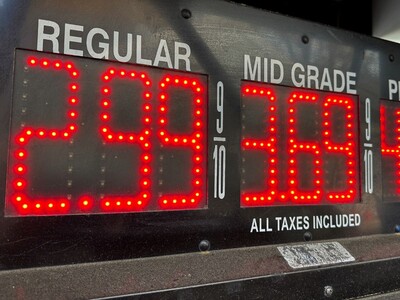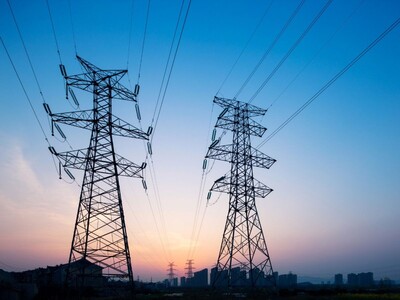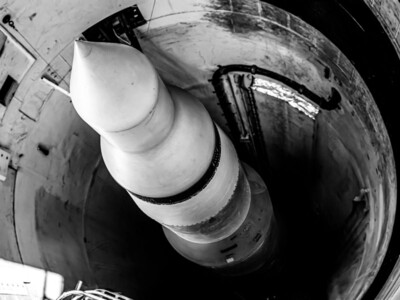U.S. Bids Farewell to Incandescent Bulbs: A New Era of Energy Efficiency
Unveiling new energy standards, the Biden administration heralds a transformation in lighting, leading to economic and environmental benefits across Morristown and beyond.
In a transformative move towards sustainability, the Biden administration has announced new energy efficiency rules that mark the end of most incandescent bulbs in the U.S. These regulations stand to reshape the energy landscape and bring substantial economic and environmental benefits to the residents of Morris County and across the nation.
New Efficiency Standards:
The updated rules, requiring 45 lumens per watt, signify the end of most incandescent bulbs, with only a few specialized types being exempt, such as those in ovens. Halogen lights are also expected to face challenges in meeting these standards.
Rise of LED Lights:
LEDs, which have revolutionized the U.S. energy scenario, are now at the forefront. They have significantly reduced electricity demand and greenhouse gas emissions while lasting 25 to 50 times longer than incandescent bulbs.
Economic Impact:
The switch to energy-efficient lighting is expected to save nearly $3 billion a year on utility bills. Lower-income households in Morris County and throughout the U.S. are poised to particularly benefit from this change, as LED prices have dropped, nearing parity with incandescent bulbs.
Environmental Impact:
Over the next 30 years, the rules will cut CO2 emissions by 222 million metric tons, equivalent to the emissions from 28 million homes in one year. This substantial reduction aligns with global efforts to mitigate climate change.
Political and Historical Context:
The move towards energy-efficient lighting options has closed a long-standing political debate. The first national light bulb efficiency standards were established in 2007, although the Trump administration temporarily stalled the second phase of these rules. Europe phased out incandescent lights in 2012, and now the U.S. follows suit.
Local Impact:
For residents in Morristown, New Jersey, the change is more than just a national headline. Incandescents made up 20% of light bulb sales as of Q1 2022, but most local retailers have already removed inefficient bulbs from their shelves. According to one economist, the switch to LEDs is comparable to going from a car that gets 25 mpg to one that gets 130 mpg, reflecting a significant advancement in energy conservation.
The end of incandescent bulbs symbolizes a pivotal step in the journey toward a more energy-efficient and environmentally responsible future. With the rise of LEDs and the ushering in of new standards, residents of Morristown and across the nation stand to gain both economically and ecologically, heralding a brighter, more sustainable future.














